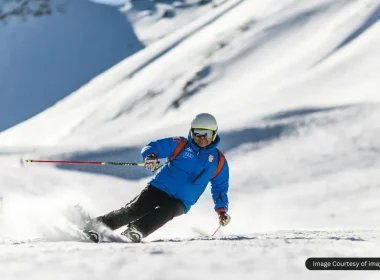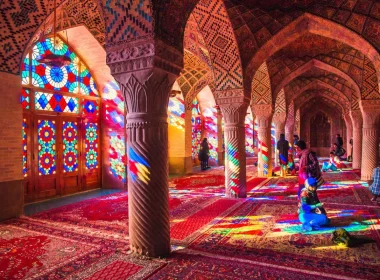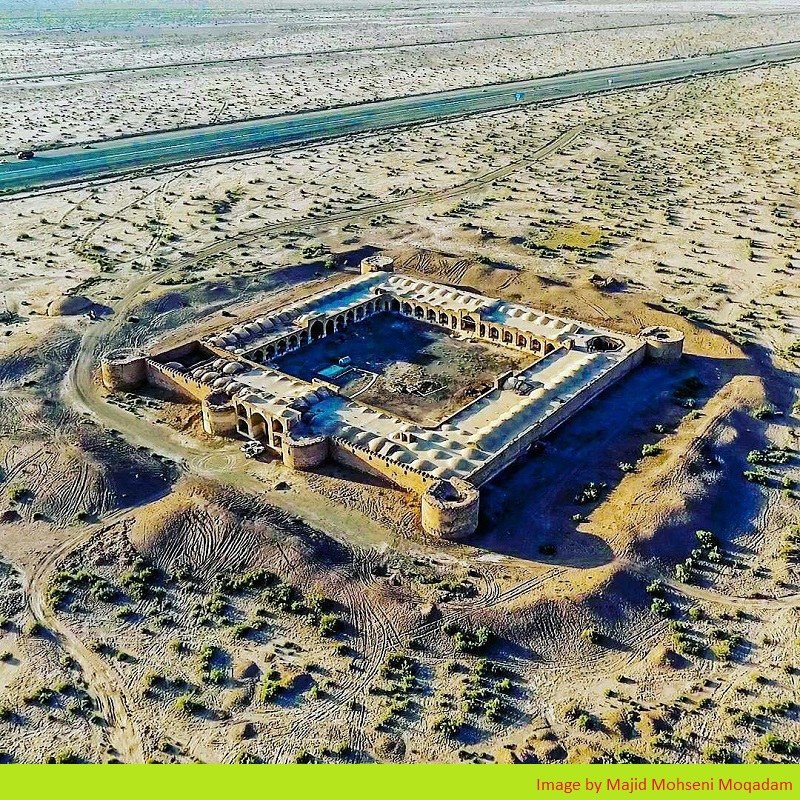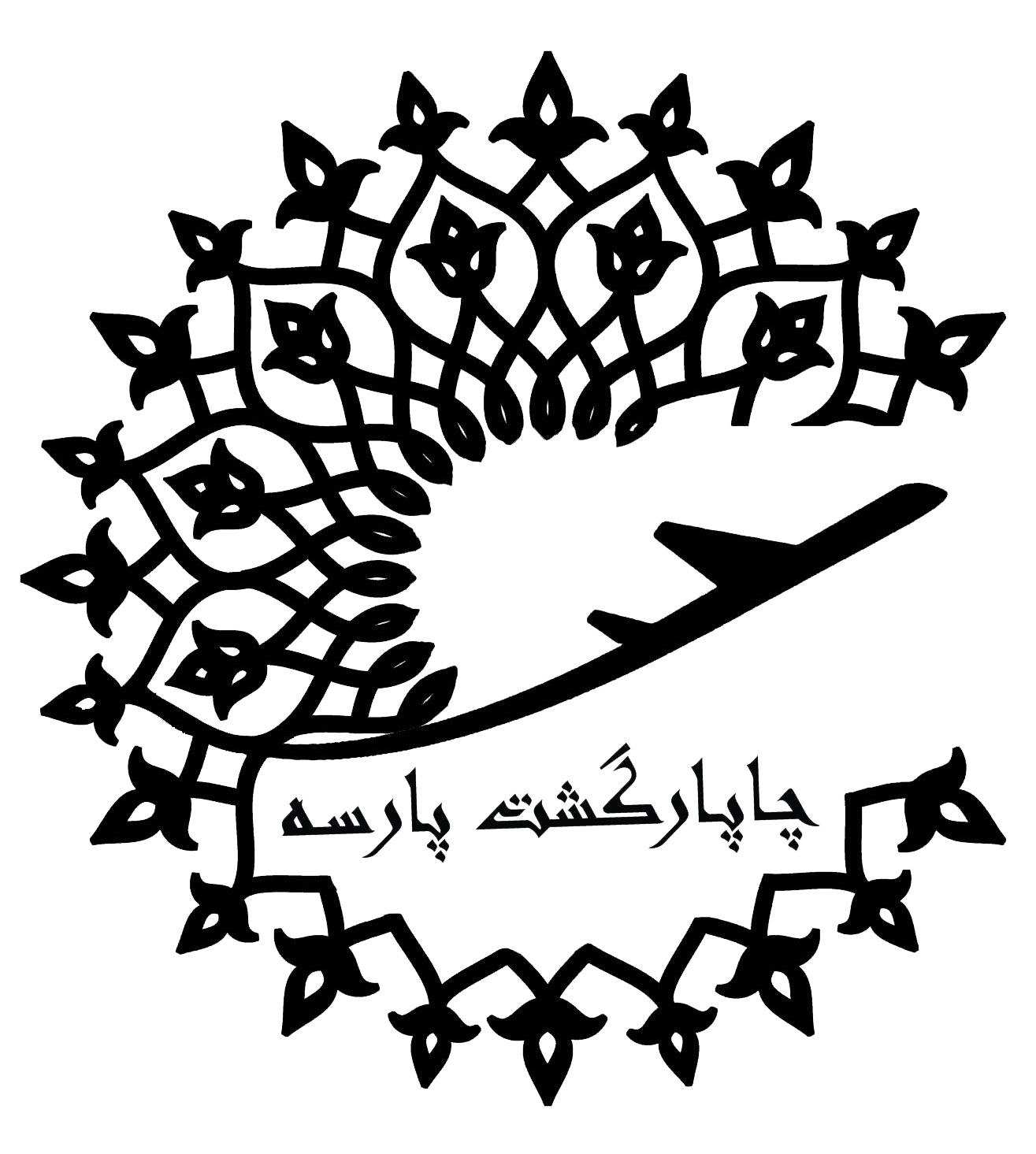Trace the spine of Eurasian history on this 13–15 day Iran Silk Road Tour, where Persia’s pivotal role as the Silk Road’s cultural and economic nexus comes alive.
This 13-15 day itinerary revives the footsteps of Marco Polo, blending legendary caravanserais like Deir-e-Gachin, Sufi poetry shrines, and bustling bazaars This Iran tour package is perfect for culturally curious travelers seeking beyond-the-guidebook adventures.
The Route of Iran Silk Road Tour
Itinerary: Experience Ancient Trade Routes
Your Iran Silk Road Tour unfolds through strategic trade corridors where empires once guarded mountain passes and desert oases. Over 13 to 15 days, crisscross forgotten power centers like Sassanian toll fortresses, Ilkhanid astronomical hubs, and Turkmen horse-breeding valleys—each revealing how geography shaped the flow of silk, spices, and ideas across continents.
This route is where caravans rested, revolutions ignited, and history’s blueprint still surfaces in living workshops and whispering caravanserai walls.
Days 1–3: Spiritual Gateways (Mashhad to Bastam)
Where pilgrims and poets converge
- Mashhad: Join pilgrims at Imam Reza Shrine (the world’s largest mosque by area). Touch Quranic inscriptions at Harouniyeh – a 13th-century Sufi school.
- Neyshabur: Pay homage at Omar Khayyam’s tomb – astronomer-poet of the Rubaiyat. See the turquoise mines that funded the Silk Road trade.
- Bastam: Stand beneath the Kashaneh Tower (Ilkhanid brickwork) and feel Sufi energy at Bayazid-e Bastami’s shrine.
Days 4–5: Desert Crossings (Bastam to Kashan)
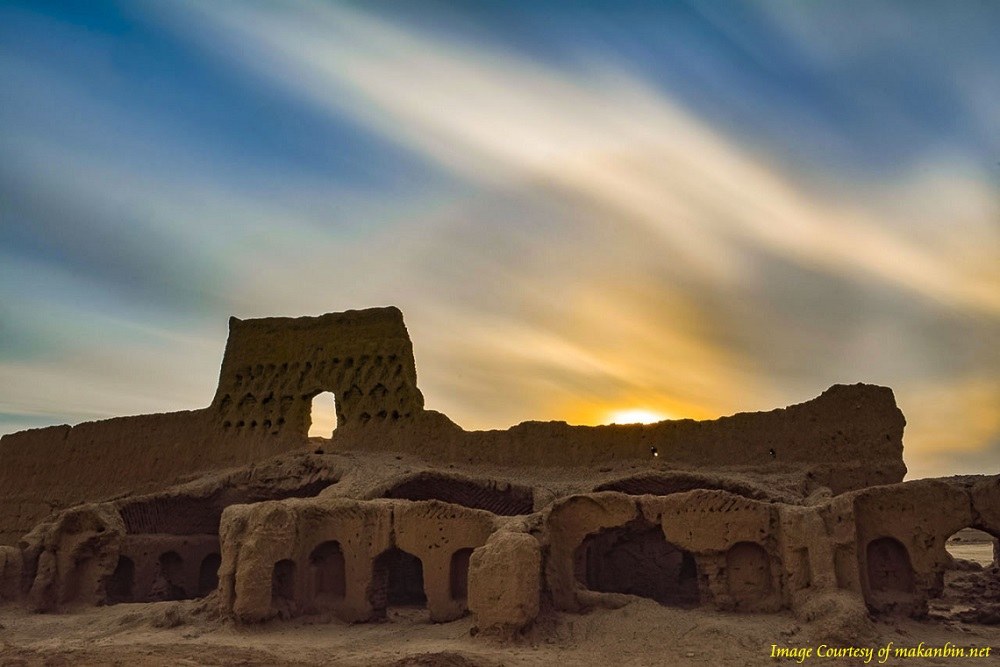
Through salt deserts and ice pits
- Gonbad-e Kavus (UNESCO Site): Marvel at the 72m Qabus Tower – engineering inspiration for 50+ global minarets.
- Damghan: Explore Tarikhaneh Mosque (Iran’s oldest, dating back to the 8th century) and Sabzevar Ice Pits, refrigeration marvels that stored winter ice.
- Deir-e-Gachin Caravanserai: Walk in the vaulted halls where Marco Polo likely slept. Fun fact: Its 4,000m² courtyard held 200 camels.
Days 6–7: Oasis Treasures (Kashan to Tehran)
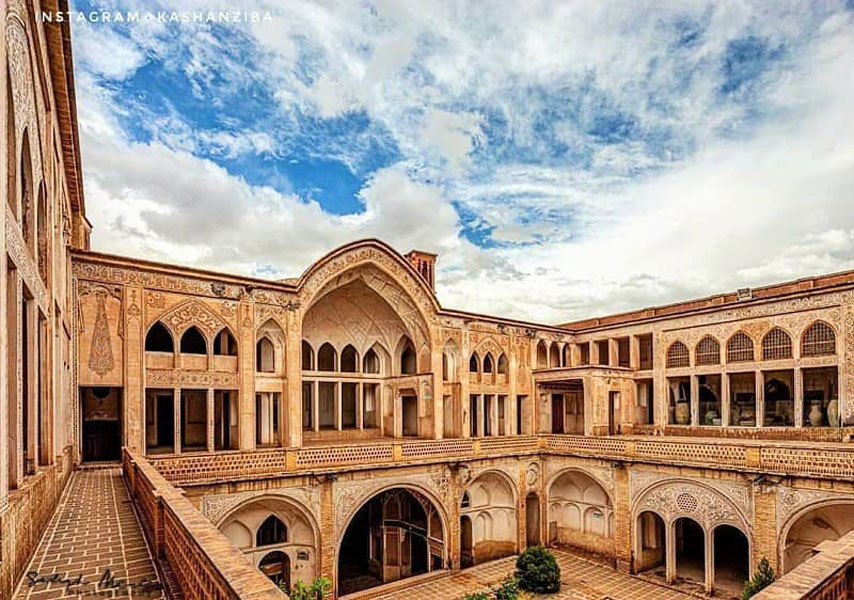
Silk, steam baths, and sapphire domes
- Kashan: Weave silk in Traditional Textile Workshops, then unwind in Sultan Amir Bathhouse’s star-lit chambers.
- Qazvin: Hunt saffron in Sad-o Saltaneh Bazaar – Iran’s largest roofed caravanserai.
- Tehran: Contrast Golestan Palace’s mirrored halls with the National Museum’s 7,000-year-old Shahre Sukhteh artifacts.
Days 8–10: Mountain Kingdoms (Hamedan to Takab)
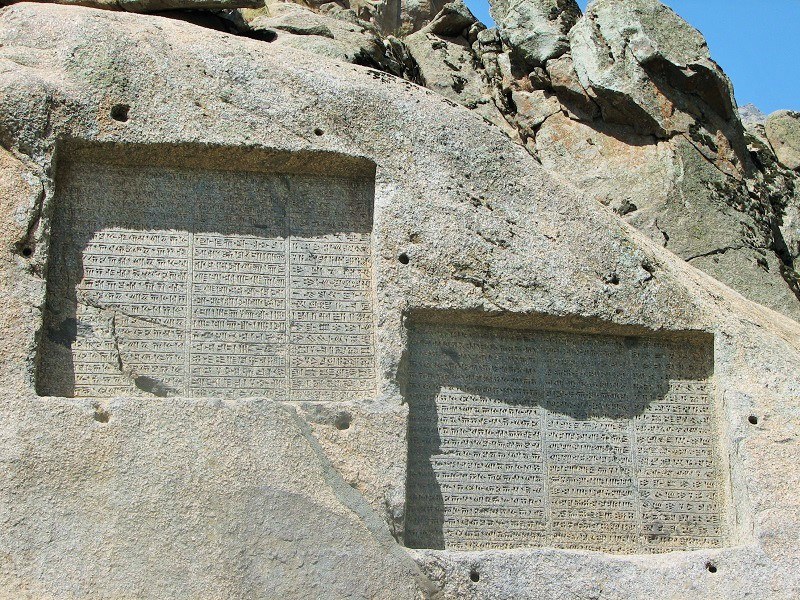
Medicinal herbs, cave lakes, and rock epics
- Hamedan: Descend into Hegmataneh – the Medes Empire’s capital (3,000+ tunnels). Sip golab (rosewater) at Avicenna’s tomb.
- Kermanshah: Decipher Darius I’s victories at Bisotun Reliefs (UNESCO) – ancient Persia’s billboard.
- Alisadr Cave: Paddle through 11km of illuminated waterways (world’s largest boat-navigable cave).
Days 11–13: Frontier Echoes (Takab to Tabriz)
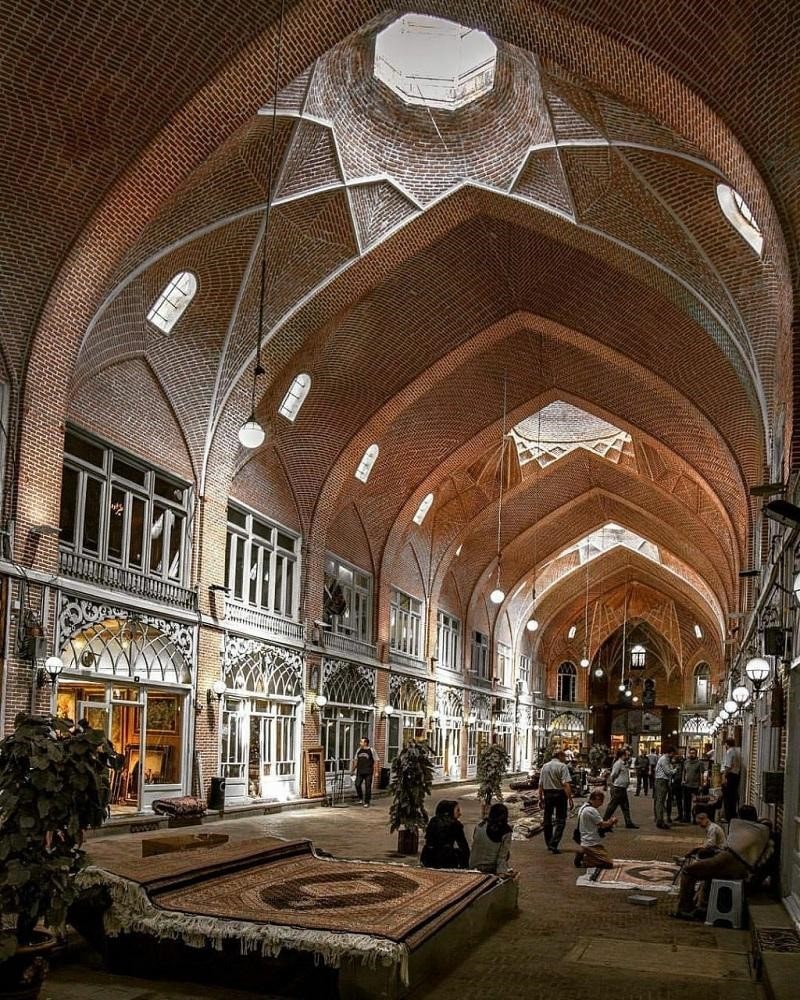
Volcano temples and underground cities
- Takht-e Soleyman (UNESCO): Zoroastrian fire temple atop a volcanic lake. Geothermal secret: Sulfur springs still bubble at 21°C year-round.
- Tabriz Bazaar (UNESCO): Haggle for turquoise in the world’s largest covered market (7.5km²).
- Kandovan Village: Sip tea in 700-year-old volcanic caves – only one of three troglodyte societies left globally.
Key Journey Insights
| Aspect | Details |
|---|---|
| Duration | Flexible 13–15 days (adjusts to flights) |
| UNESCO Sites | 5+ including Gonbad-e Kavus, Bisotun, Tabriz Bazaar |
| Unique Sleeps | Restored caravanserais (e.g., Deir-e-Gachin, Robat Sharaf) |
| Cuisine Trail | Turkic kebabs → Kurdish barley stews → Persian rose-petal jams |
| Best Time | April–June or September–October (avoid July desert heat) |
Why The Silk Road Route?
- Caravanserai Network: Visit 7+ ancient trade inns – Deir-e-Gachin alone hosted 20k+ annual travelers.
- Poets’ Legacy: Trace Khayyam, Ferdowsi, and Attar’s footsteps in Neyshabur’s “Valley of Stars.”
- Geological Wonders: From Alisadr’s water caves to Takht-e Soleyman’s volcanic crater.
- Textile Heritage: Hands-on silk weaving (Kashan) and pottery workshops (Lalehjin).
Unlike crowded Marrakesh or Istanbul, Iran’s Silk Road retains raw authenticity. At Sabzevar’s ice pits, elders still recall camel caravans bearing Chinese porcelain.” – Cultural Historian, SURFIRAN.
Destination Iran provides this itinerary for cultural insight. For guided tours, consult licensed Iran Tour Operators.
Activities & Experiences: Hands-On Silk Road Legacy
Beyond sightseeing – live the traditions that shaped 2,000 years of trade and culture.
Craftsmanship Workshops
- Silk Weaving in Kashan
- Activity: Operate wooden looms under master weavers’ guidance
- Heritage: Learn patterns from 16th-century Qashqai tribal designs
- Lalejin Pottery Masterclass
- Activity: Mold “seven-color” tiles using local red clay
- Secret: Achieve signature turquoise glaze with copper oxide + desert salt
- Context: 70% of Iran’s ceramics originate from this region
- Sabzevar Ice Engineering
- Activity: Stack salt blocks in a conical yakhchāl (ice pit)
- Science: Experience ancient refrigeration – maintains -5°C in summer
- Scale: Each pit stored 2,000m³ of ice for Silk Road caravans
Culinary Journeys
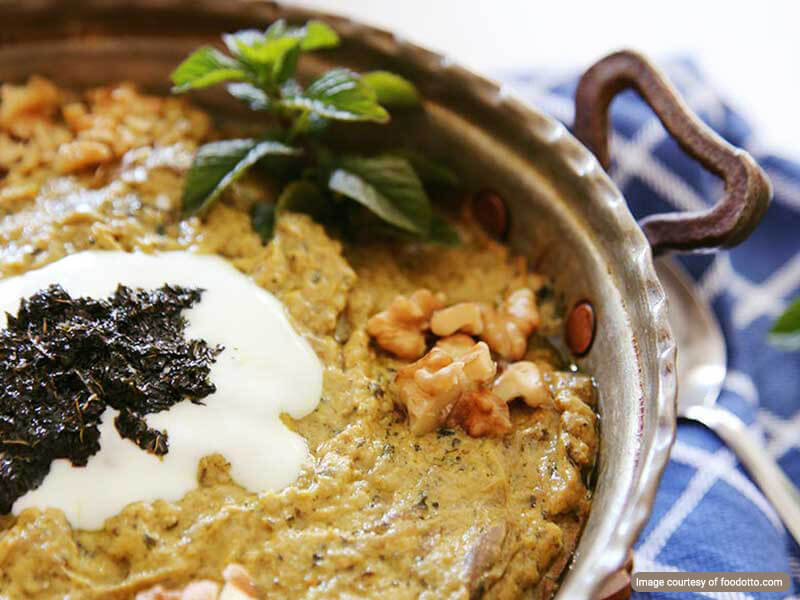
- Caravanserai Bread Baking
- Location: Deir-e-Gachin’s restored clay oven
- Skill: Shape sangak bread on hot pebbles using camel thorn fuel
- Taste: Pair with kashk-e bademjan (eggplant-walnut dip)
- Saffron Harvesting (Neyshabur)
- Timing: Dawn sessions during the October bloom
- Process: Hand-pick 150,000 stigmas for 1kg of saffron
- Reward: Brew “world’s most expensive tea” with your harvest
Adventure & Nature
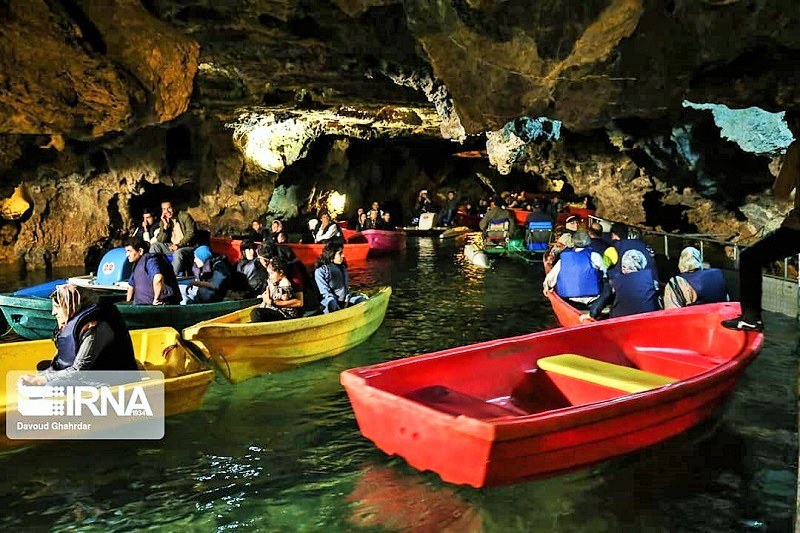
- Alisadr Cave Night Paddle
- Uniqueness: Navigate 1.5km of phosphorescent waterways
- Geology: 230-million-year-old formations illuminated by bio-lanterns
- Wildlife: Spot blind white fish (Iranocypris typhlops)
- Turkmen Horse Riding (Gonbad)
- Breed: Ride Akhal-Teke “golden horses” – Silk Road’s elite messengers
- Trail: Follow ancient postal routes through the Kopet Dag foothills
- History: These horses covered 250km/day without water
Iran Silk Road Tour Transformational Power
This Iran Silk Road Tour transcends typical travel—it resurrects the pulse of history through tactile encounters: baking bread in Deir-e-Gachin’s ovens, deciphering Darius’ victories at Bisotun, and hearing Sufi poems in Bastam’s shrines.
Frequently Asked Questions about Silk Road Tours
If you have any other questions regarding this Iran tour plan or similar subjects, let us know in the comments. We will respond as soon as possible.
How long are typical Iran Silk Road tours?
Most tours last 12–16 days and cover 8–12 cities. Shorter options (7–9 days) focus on highlights like Mashhad, Yazd, and Isfahan, while extended trips (up to 21 days) include remote areas like the Lut Desert or Armenia/Georgia extensions.
What is the price range for Iran Silk Road tours?
The budget version would be around €1,200–€1,800 (3-star hotels, shared transport), and the mid-range ranges from €2,400–€3,000 (4-star hotels, private guides, some meals). For a Luxury Iran tour, the cost is approximately €4,000+ (including boutique stays and VIP experiences).
What makes this tour different from standard Iran trips?
Focus on Silk Road-specific sites, sleeping in 17th-century caravanserais (e.g., Deir-e-Gachin), Camel riding in Mesr Desert, pottery workshops in Lalejin, and visiting UNESCO gems like Soltaniyeh Dome (the world’s largest brick dome) and Bam Citadel.


